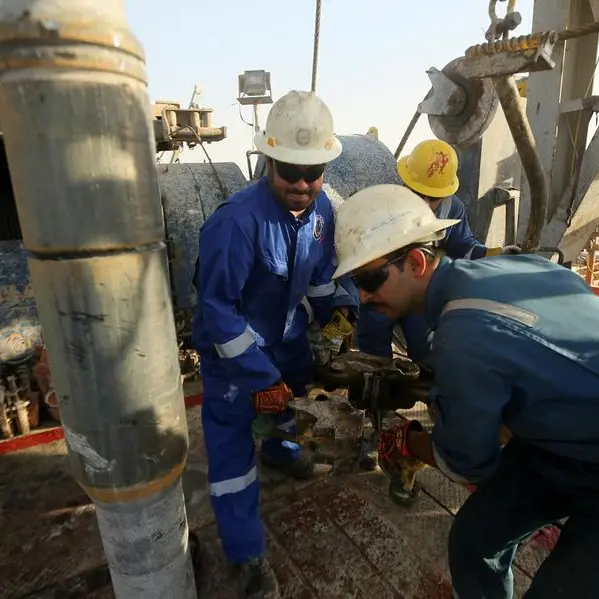Sustainable design will dictate the course of real estate development in the future as the integration of smart design and renewable energy features can help property developers across the globe save a lot of money, said a leading UAE real estate industry expert.
Concepts like sustainability and ecological business have been taking centre stage in discussions about the future for quite a while, stated the developer, adding that the company approaches every project with the aim of ‘sustainability balanced between environmental considerations and comfortable living.’
"At Prescott, we have always been focusing on creating sustainable and unparalleled living experiences for every customer. At a time when climate change is among the most pressing issues, it’s important to prioritize sustainable design in real estate because the future of this industry will depend on it," remarked its CEO Muhammad Shafi.
It’s a sentiment that’s echoed by a joint 2018 reportof UN Global Impact and the London-based Royal Institute of Chartered Surveyors (RICS).
According to the report, real estate can help drive corporate sustainability and play a key role in helping the world achieve the UN’s Sustainable Development Goals (SDGs).
"Progressive-minded developers are essential to the real estate sector. They’re the ones with the will and capacity to initiate cost-efficient and environmentally friendly projects. The idea is to build a more resilient, inclusive, and sustainable future for emerging cities which will contain the environmental impact of human developments while ensuring sustained industry growth," he added.
"Prime Residency III, the latest project of Prescott Real Estate Development worth AED140 million, is a great example of 'real estate for the future’," he explained.
"Located in Al Furjan, one of the most up and coming areas in Dubai, it is equipped with all the engaging amenities and facilities that have come to define Prescott UAE’s undertakings," he noted.
"The project will be the first to bring the ’smart homes design’ concept to the neighborhood. The mixed-use development is set to offer spacious and immaculately designed studios as well as one-bedroom apartments, with breathtaking views of Dubai’s amazing skyline. And is an ideal abode for those who want fully equipped, ultra-modern, and smart-home apartments with a great blend of luxury, affordability, and sustainability," he added.
Shafi pointed out that the real estate investment landscape had shifted considerably due to climate change.
"Nowadays, it’s important to consider things like flooding susceptibility and risks of rising sea levels (in case of coastal locations). In other words, when making a real estate investment decision, assessing a project’s location shouldn’t just be about the economics of the area. Possible environmental implications must also be taken into consideration," he noted.
In this regard, realtors and investors need to take adaptive measures whether through design or architectural approaches, or by way of climate change adaptation strategies like retreat, respond, and reclaim (especially for low-lying areas), he observed.
According to him, sustainable development and climate resiliency are intertwined. "With ‘environment’ as the primary consideration, real estate design frameworks need to incorporate the necessities of climate change adaptation. To that end, building structures should include features like solar power (and other renewable energy avenues), rainwater harvesting, and passive green design. In other words, sustainable real estate development should lead to the emergence of ‘green buildings’," he stated.
This integration, he said, needs to be part of the conceptualization process and then extend onto the design, construction, and building maintenance phases.
"From the very beginning of the design process, a thorough assessment of the natural weather conditions of a location is carried out. This helps later on in optimizing the use of natural elements to shape the design of the building," explained Shafi.
In contrast to traditional construction expenses, most green-certified buildings cause a 4% increase in upfront capital expenditure. However, a lot of money can be saved in the long run with reduced maintenance expenses and lower water and energy costs, he added.
Copyright 2021 Al Hilal Publishing and Marketing Group Provided by SyndiGate Media Inc. (Syndigate.info).
Disclaimer: The content of this article is syndicated or provided to this website from an external third party provider. We are not responsible for, and do not control, such external websites, entities, applications or media publishers. The body of the text is provided on an “as is” and “as available” basis and has not been edited in any way. Neither we nor our affiliates guarantee the accuracy of or endorse the views or opinions expressed in this article. Read our full disclaimer policy here.






















